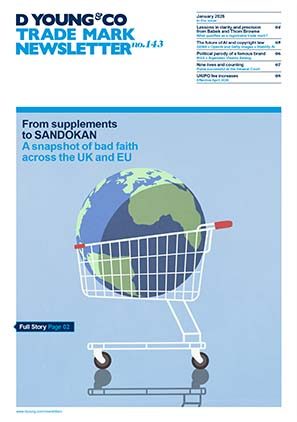UK R&D tax credit landscape - upcoming proposed changes
In what is clearly good news for many, the UK Government has drafted a number of pleasing changes to the UK research and development tax credit landscape. These changes follow from the recent consultation which the UK Government held on this point, which we previously reported on.
One of the most exciting changes is the broadening of what can count as “qualifying expenditure” in the context of the scheme. Such qualifying expenditure will now include the costs of datasets and cloud computing. Pleasingly as well, qualifying expenditure will now also include pure mathematics. These changes will have a tremendous impact for many, particularly those operating with algorithms or AI, or those operating in the risk analysis sector, where costs related to these activities may soon be claimable under the R&D tax credit scheme.
In mitigation against the above, the UK Government is also keen for the scheme to be better directed at R&D which is based in the UK. With this in mind, and where any R&D is subcontracted out, or is provided by external workers, future claims under the scheme will either need to relate to UK expenditure or qualifying overseas expenditure. Such overseas expenditure will be heavily caveated to activities undertaken overseas which are necessary due to geographical, environmental or social conditions not present or replicable in the UK. Importantly, any considerations with respect to performing such activities overseas, as opposed to in the UK, because of it being merely cheaper to perform overseas, or because of there being a lack of available workers in the UK, will specifically be excluded as valid factors as to why such overseas expenditure should be allowed under the scheme.
The above changes to the R&D tax credit scheme will apply for accounting periods beginning on or after 01 April 2023.
As part of the above changes to the scheme, the UK Government is also keen to tackle potential abuses under the scheme. So a number of additional, more practical, changes have also been proposed to the scheme, which include:
- for those companies that have not recently made an R&D tax credit claim, they will need to inform HMRC, in advance, that they intend to make a claim. This notification must be made digitally, and within six months of the end of the period to which the claim relates;
- claims will have to be made digitally; and
- claims will have to break down the costs across qualifying categories and provide a brief description of the R&D which is being claimed for tax relief. Each claim will also need to be endorsed by a named senior officer of the company (inferably for accountability purposes, and for providing points of contact for each relevant expenditure that is being claimed).
It is to be noted that these changes are still at the draft legislation stage, and so may be the subject of slight change prior to implementation. In any case, the thrust of the proposed changes are clearly well intended, and will no doubt be well received by many…particularly for those entities operating in the pure mathematics and cloud computing sectors, who may soon be able to make better use of the R&D tax credit scheme.


